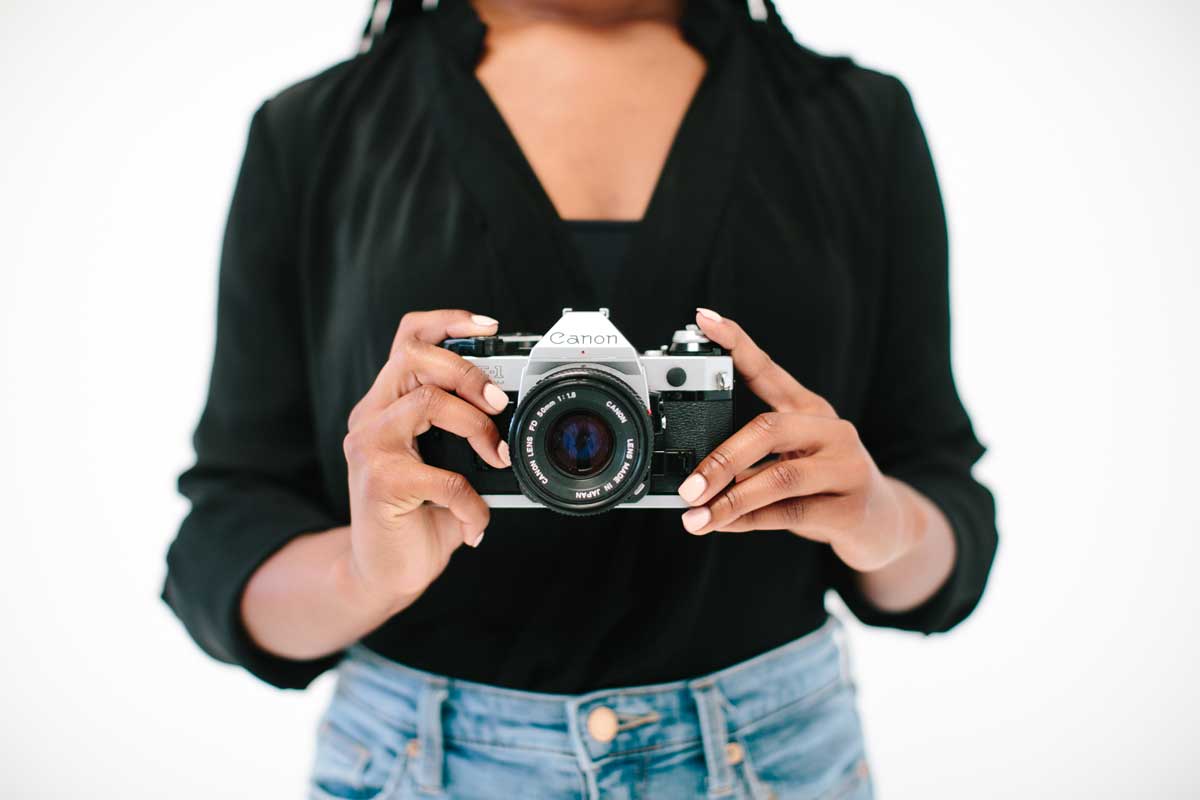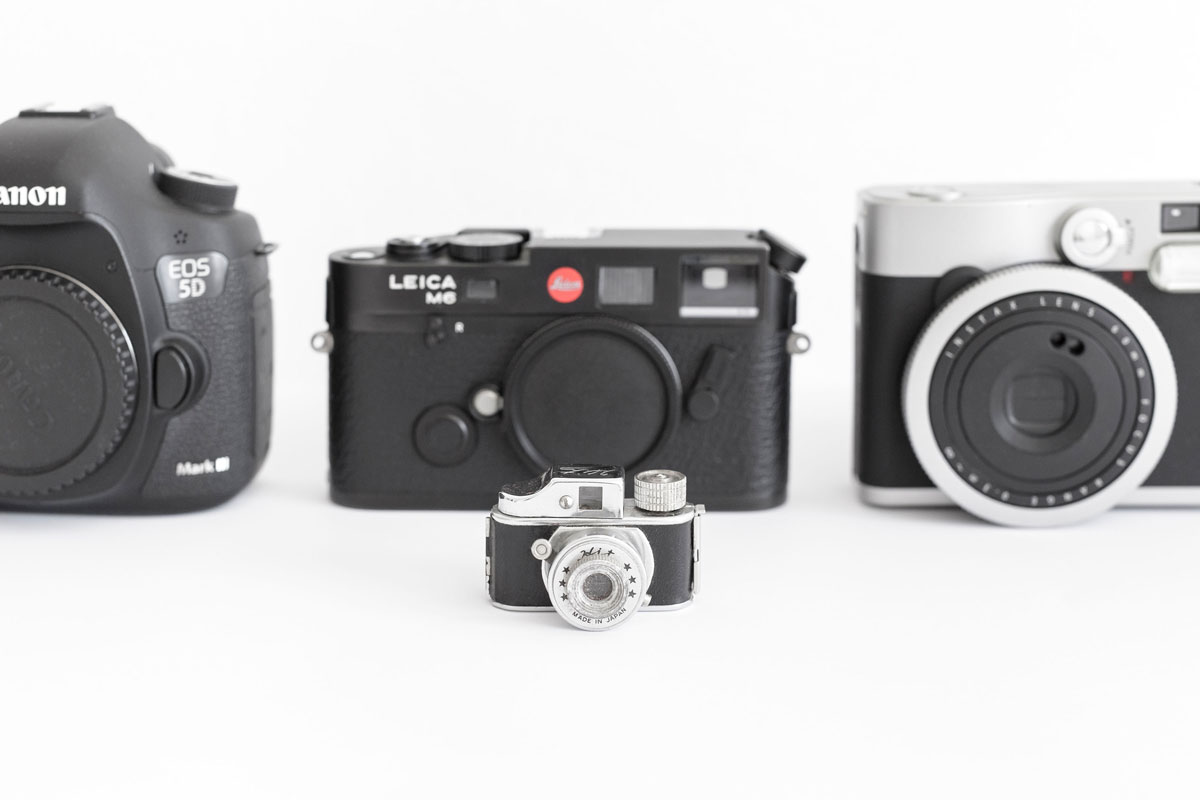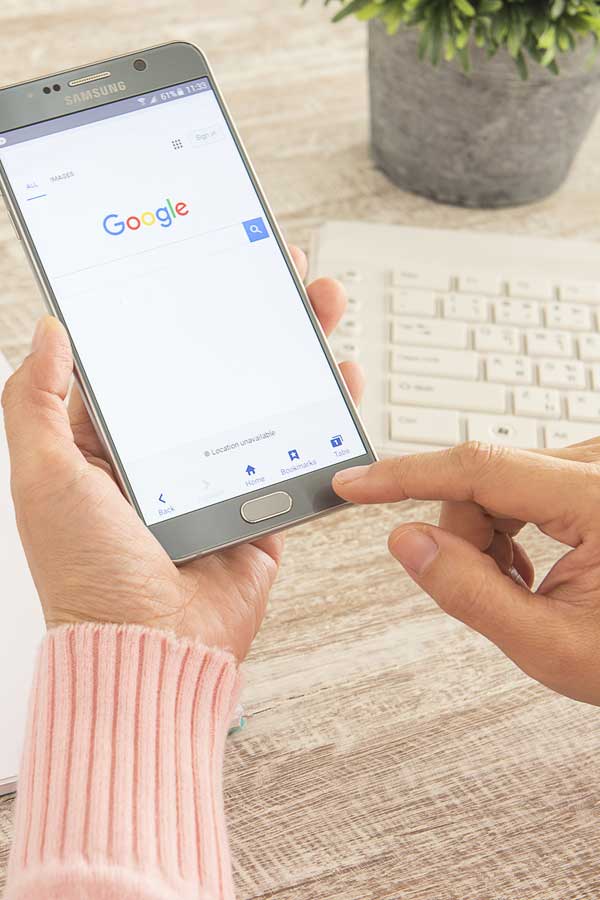Images. Who doesn’t love a good image? Am I right? People love them so much that studies have proven time and again blog posts with excellent imagery get more attention in the form of likes, shares, reads, and more. So how do you incorporate them? DIY blog images. Believe us; it’s worth it.
If you have a blog (which you probably should, if you don’t), you gotta have great images to go with it. We know, it’s bad enough you gotta write a blog; now your images are being judged. Don’t fret.
In this blog post, we’re going over some tips and tools you can use yourself to get those excellent blog images that capture your audience’s attention. So, let’s do it.
Tips for Choosing & Creating Great DIY Blog Images
The number one step is to write the post. That may sound silly, but obviously, you need a well-crafted blog post to determine what images will work best for it. After that’s out of the way….
You’ve got some things to consider, so ask yourself:
What are the important details in my post I’d like to illustrate through imagery?
This is the perfect starting point and will give you insight into the images you should use.
Let’s take an example of a chiropractor who wrote a step-by-step blog post regarding stretching for neck pain. This tutorial-style post would be much better alongside images of each step showcasing the exact form of the movement.
Maybe your blog post details stats and facts about how chiropractic care benefits sports performance. In this evidence-style post, you may have gotten your information from data tables or graphs. Use images of those (screenshots work, and don’t forget to provide where you got the image).
Also, think about images that may symbolize your article’s point. Say, you wrote about the importance of physical activity when you sit at a desk all day. You may find a stick figure image of someone sitting at a desk, slumped over, yawning, and with lightning bolts coming from the knee and low back (symbolizing pain) next to another stick figure sitting tall, focused on work, and smiling, living pain-free.
But how do you create this fabulous image?
How do I create compelling DIY blog images?
Let’s first discuss stock photos, shall we?
While stock photos can be very helpful in a bind, we do not recommend using them.
Not only are the free ones overused, with the same images saturating niche markets, but they don’t give the true impression of who you are. They’re not personal.
And toss in the added stress of using paid stock photos that aren’t properly attributed to the creator; you may find yourself in a little legal trouble.
That said, stock imagery can be used when necessary. Having images are always better than not having images.
We recommend using Depositphotos to get your stock photos; just be sure to stay clear of the images that are at the top of the list under the “Best Match” category, as these are the images most used.
Remember, though, stock photos are generic. Your brand is not. It’s you. It’s your patients or clients. It’s your services and products. Show it all off with original photos whenever you can. And that’s our piece on that.
So, how do you make great images for your blog posts?
One word: Canva. This tool is fantastic, and it’s great for everyone. Yes, even you. No talent or background in photo editing or graphic design required.
There are free and paid options, but both have customizable templates and stock photos that can work together to create unique images to match your brand. Yes, we just said no stock photos, but you have the ability to edit them completely, changing colors, fonts, adding images on top of images, etc.
And if you’re looking for even more personal photo ops: Lest we forget, you likely have a camera on your phone.
Use it.
Take pictures.
You don’t need to hire a professional to get some shots of your staff, building, space, products, services, etc. Go for it. For this, all you really need to do is account for good lighting.
You can upload your own images into Canva, too- then edit away!
Pro tip: When your clinic or small business is thriving, you should definitely hire a professional photographer to add some amazing images to your library.
How do I ensure my blog post images don’t slow down my page loading time?
Once you’ve determined what you want to use as imagery, you gotta get a little (VERY LITTLE) technical. Your images must fit within the confines of the space, so dimensions matter. Page load time is part of the user experience, and Google pays attention to it, so compress your images; this is vital.
Smushing (compressing the image without reducing its quality or dimensions) is a really cool way to use the image you want without sacrificing page speed.
Tools to help with this include:
Oh, yeah, these are all free image-optimizing tools, too.
And, hey, while we’re being technical, this is a reminder to provide each image with alt text, which is the little description that pops up when you hover over the image. It should detail what the image is telling the viewer.
Note that it’s also read aloud for those who are seeing impaired, and it’s how Google and other search engines “see” images. So, use your keywords in it whenever possible.
Learn all about image SEO so you get the most out of your images.
DIY Blog Images Best Practices
Alright, so you’ve got the basics for creating stellar blog images, but here are a few more guidelines to take your images and blog post to the next level.
- Use as many images within one blog post as possible- obviously, they need to make sense, but the more images, the better (10 is typically perfect).
- People love charts and tables and graphs, so use ‘em when you can.
- Be sure to use images to break up copy so people want to stay and read and aren’t overwhelmed with words.
- Use images of people; they get better results than images of stuff or things.
- Break up static photos with videos (how-to videos are awesome), infographics, and illustrations.
Remember, most website visitors who read your blog are there for fun, education, inspiration; they’re not necessarily trying to take an action, so intent isn’t high. So, yes, your blog posts’ words are important, but your images are too. Maybe even more so if your goal is for them to stay, come back, and remember what you have to say.
DIY Blog Images for the Win
Creating excellent DIY blog post images doesn’t have to intimidate you, and it shouldn’t. There are numerous resources to get you started, and once you get the hang of it, you’ll be sitting pretty.
If you’d like to discuss your website performance, Propel Marketing & Design has the SEO services, and we’re prepared to help. Book your free discovery call today.






![How to Write a Professional Chiropractic Bio [Template Included]](https://propelyourcompany.com/wp-content/uploads/write-a-bio-500x383.jpg)

